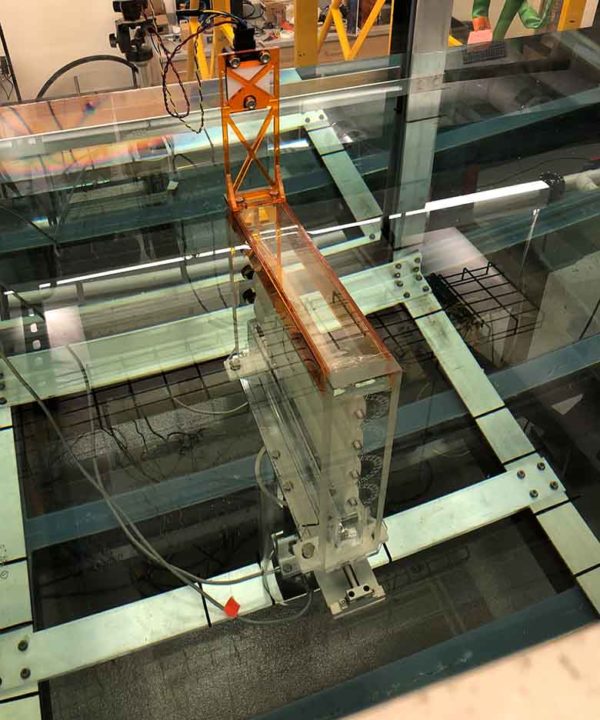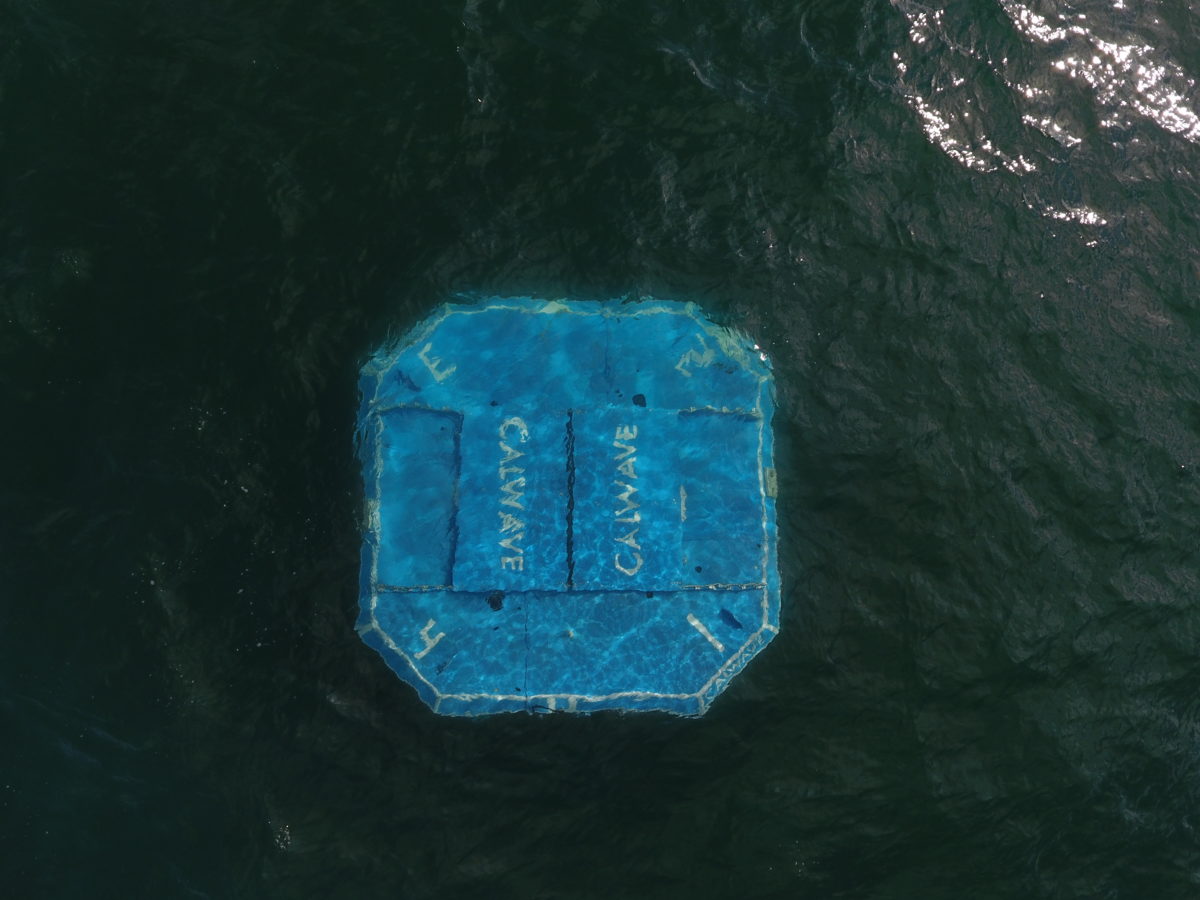The National Renewable Energy Laboratory (NREL) estimates that US waters hold enough wave energy to produce 80% of the country’s needs. While this energy cannot practically all be harnessed, NREL is exploring ways that marine wave energy can support the nation’s shift to non-emitting energy sources.
Wave energy isn’t expected to rival solar or wind power, but NREL sees use cases for the technology, especially in remote island communities, which currently largely depend on costly, carbon-heavy diesel imports for power. NREL also sees avenues for ocean wave power in offshore fishing, marine research, or deep-sea military operations.

Image: University of Massachusetts Amherst
“We have to ask ourselves,” said Krish Thiagarajan Sharman, the endowed chair in renewable energy at the University of Massachusetts Amherst, “why have we been working on this for so long? Why don’t we have grid-ready, commercial-scale wave energy systems out in the world?
The technology was first conceived in 1974, when University of Edinburgh professor Stephen Salter sent “ducks” into the sea, house-sized floating generators. The ocean’s power ultimately created too much force for the equipment to handle, battering and breaking the equipment.
This intense power of the ocean remains a problem today in wave energy design, said NREL. There is a trade-off between strengthening and bolstering the equipment with heavy elements like steel, and a cost to those components. NREL said today, about 35-50% of wave energy costs are spent on structural enhancements, something that has prevented the technology from scaling.
NREL’s team recently developed a system that may meet the needs of cost reduction, high energy production, and structural resilience. The design is a variable-geometry, oscillating, surge wave energy converter. The device opens windows for the waves to pass so that the devices aren’t bearing the brunt of the waves. As the waves move from productive to destructive, the device adjusts to open and let more wave energy pass, limiting damage.
Two years ago, the concept design earned a $30 million US Department of Energy award via the Technology Commercialization Fund. The funding will help move the design from theory to practice, said NREL. A prototype has been developed at the University of Massachusetts Amherst where it is tested in a wave tank.
The NREL team is also exploring integrating a raised foundation to the technology. Often, wave energy harnessers are placed at the bottom of the ocean, where sand can create interference. Near the surface, ocean waters are often more energetic, so raising the devices could lead to a boost in production, said the researchers.
“We look at waves not as a force to reckon with,” said Sharman, “but to use to harness energy. It’s a very holistic, symbiotic approach to manage our interaction with the ocean.”
This content is protected by copyright and may not be reused. If you want to cooperate with us and would like to reuse some of our content, please contact: editors@pv-magazine.com.









Why is simple, it takes far more money, labor, materials to make not much wave energy, they can never even pay their cost to build, much less
profit.
They live in one of the harshest environments, the wave zone, one can have so takes much material, labor to make, run.
Islands usually have abundant wind, solar that costs a tiny fraction of wave and far more reliable.
While can be useful powering buoys, etc very small loads, anything of size not worth it.
Put the money to something that has a chance of being viable.